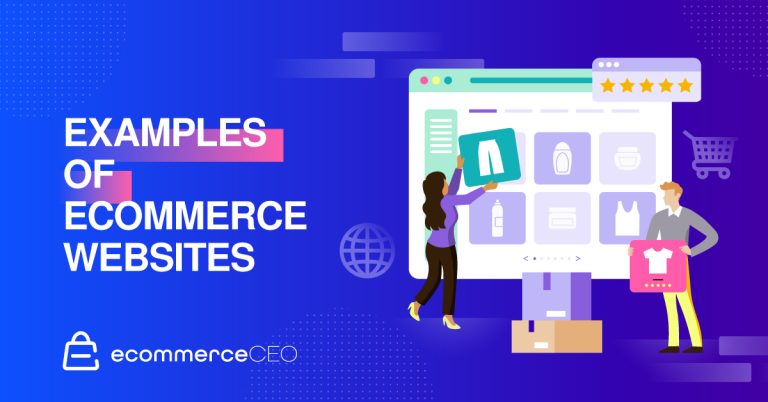Salsify partnered with Kenshoo, a digital advertising technology platform, and Profitero, an ecommerce analytics platform, to find the connections and correlations between a brand’s ad strategy, content performance, and success metrics on Amazon.
What we found reinforced our knowledge surrounding the symbiotic relationship between product content and ad performance. Success in your advertising is established by the success in your core functional areas.
Benefits of Investing in Best-In-Class Product Content
We found meaningful correlations between content and the success of functional areas like marketing and sales. Anecdotally, many marketers know that the content that builds our catalog on the digital shelf also has an impact across the entire funnel.
Our data study reinforced that images, bullet points, reviews — the many facets that build exceptional product content — have a significant impact on advertising, consideration, and conversion.
In the product-discovery stages, we found that sponsored A-rated content outperformed sponsored B-rated content by 5%. In contrast, organic A-rated content outperformed B-rated organic content by a slightly less 3.7%.
This reinforces the notion that quality content may be a larger driver for ad placement than it is for organic search rank. Brands must ensure they are missing opportunities by sponsoring products without the best content forming those advertisements.
At the end of the funnel, enhanced content has been shown to improve conversions. The better the content, the easier it is to help consumers choose your product. This is especially true for high-consideration products — products that consumers take more time for research before deciding on higher-priced items.
Product content has to answer the questions consumers have surrounding your products and differentiate you from your competitors for quality and value.
Build Out Your Content and Ad Strategy
To reap the most benefits of enhanced content, it must be scalable. A product information management (PIM) system is crucial to scaling your digital shelf. A single, integrated approach connecting the various parties in charge of your product content will enable your team to send out product content to relevant channels efficiently.
Then, when choosing which products to invest better content in, it is important to start with specificity — select your high-priority products and pinpoint where you are looking to invest more ad dollars.
Your paid campaigns on Amazon must utilize this best-in-class content. It increases your search and advertising ranks as well as your conversions, but relationship is not simply made of one-way streets — it actually builds a circular pattern.
Enhanced content will lead to better conversions, better conversions will lead to improved rank for your advertisements, thus increasing your ad efficiency, which improves conversions once again. This has been one of the most durable patterns we have discovered in our research.
Enhanced content can lead to a snowball effect of better conversions, better ad ranking, and then back to better conversions again.
3 Essential Metrics to Measure Success
Tracking the performance of your content, your advertisements, and your digital shelf as a whole is imperative to understanding your digital shelf performance — and areas for improvement. It can be challenging to know the important metrics on your digital shelf, so we have identified three essential metrics to pay attention to when forming a winning ad strategy on Amazon.
1. Track Organic vs. Sponsored Rankings
The first priority should be tracking your share of search over a specific time period for both sponsored and organic rankings. Understanding how often you are ranking in the upper tiers of your category and product searches is imperative to knowing how your organic search engine optimization (SEO) is performing.
Additionally, your sponsored products shouldn’t be lagging behind. Otherwise, your ad dollars are not reaching the right consumer at the right time — wasting money and resources on inefficient ads.
2. Watch Return on Advertising Spend
Be sure to watch your or return on advertising spend (ROAS). If your ads are ranking well, the content is rich and relevant. Low-performing ROAS may be an indicator of content that needs fine-tuning.
3. Analyze Your Competition
Watch your competition closely and use metrics to reverse engineer the causes of their sales spikes and declines. Have they dropped prices? Did they invest in enhanced content? Are they getting better reviews? Knowing the ins and outs of your competitors can both indicate what to do and what to avoid in your own brand — and importantly, how to best your competition.
Watch the on-demand webinar, “The Content Advantage in Amazon Advertising,” from the Digital Shelf Institute for more granular information and expert insights into these findings.




